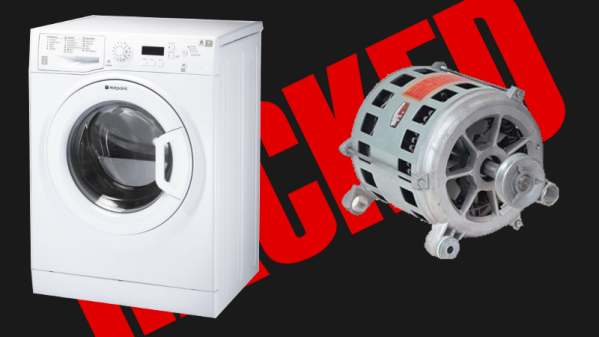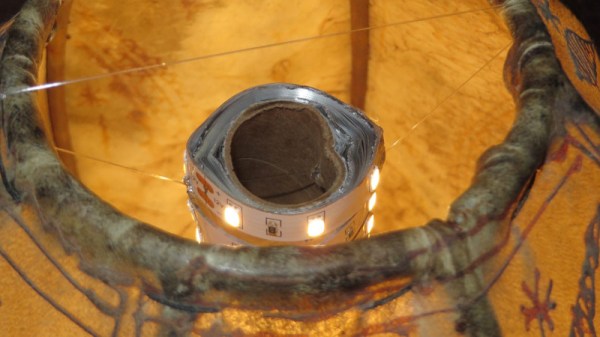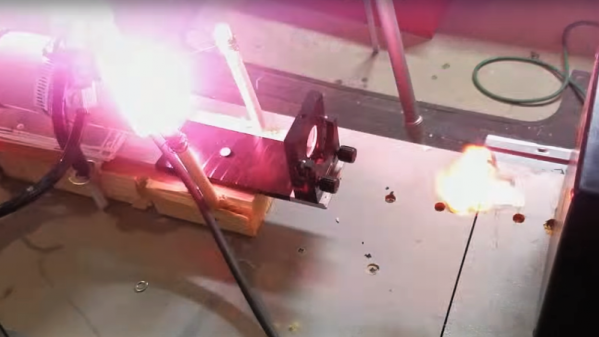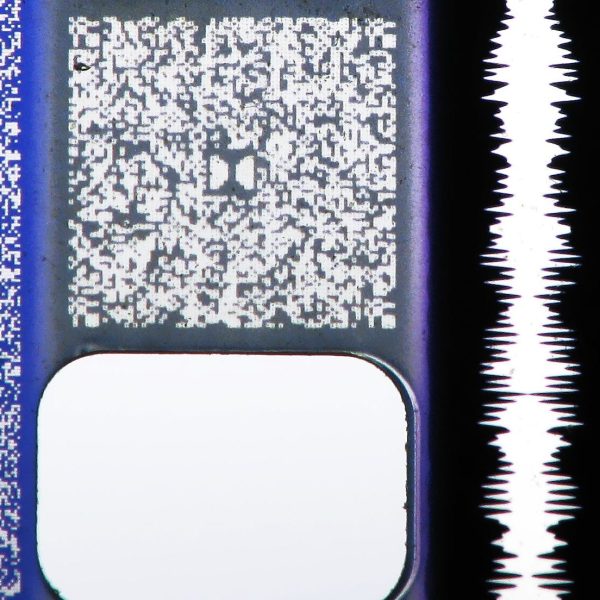Big ol’ motors are great when you need to get a big job done, but they can be expensive or hard to source new. However, there’s a source of big, fat, juicy motors right at home for most people – the garden variety washing machine. These motors would usually require a special controller, however [Jerry] is here to show us how to hack the controller that comes with the machine.
The hack begins as [Jerry] decides to gut a Maytag MAH7500 Neptune front loader. Many projects exist that borrow the motor but rely on a seperately sourced variable frequency drive, so the goal was to see if the machine’s original controller was usable. The machine was first troubleshooted using a factory service mode, which spins the drum at a set speed if everything is working correctly.
From there, it was a relatively simple job to source the machine schematics to identify the pinouts of the various connectors. After some experimentation with a scope and a function generator, [Jerry] was able to get the motor spinning with the original controller doing the hard work.
It’s a simple hack, and one that relies on the availability of documentation to get the job done, but it’s a great inspiration for anyone else looking to drive similar motors in their own projects. The benefit is that by using the original motor controller, you can be confident that it’s properly rated for the motor on hand.
Perhaps instead of an induction motor, you’d rather drive a high powered brushless DC motor? This project can help.



















